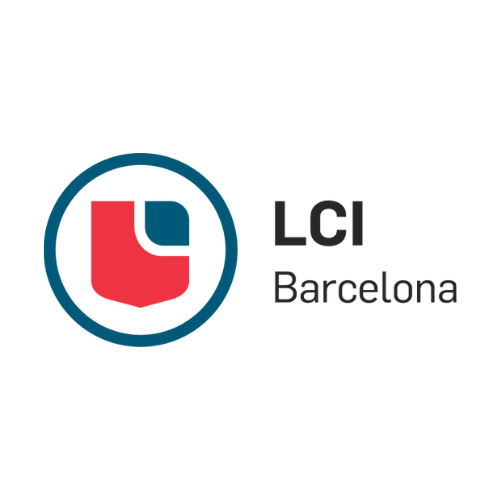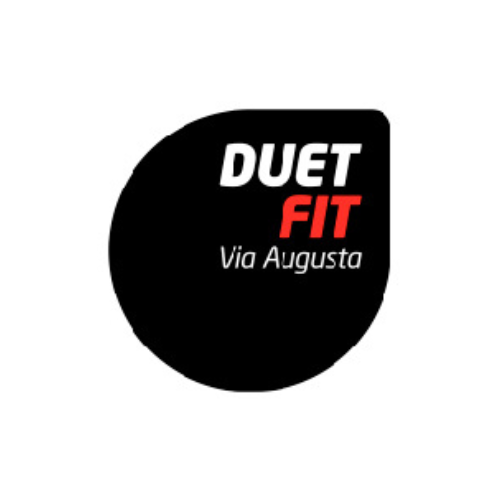Xior Student Housing The Lofttown
¡Las reservas 2024-25 ya están abiertas!
Descubre nuestra residencia de estudiantes en Barcelona con habitaciones desde 850€
(Doble para compartir) con todo los gastos incluidos.
Xior The Lofttown es la residencia de estudiantes en Barcelona, diseñada para ofrecerte la oportunidad de vivir una experiencia universitaria única. Xior Lofttown no es sólo alojamiento, es un estilo de vida.
Con una ubicación increíble, en el barrio de Gràcia, a 100 metros de la Avenida Diagonal y a 200 metros del Paseo de Gracia, Xior The Lofttown está rodeada de todo lo que puedas necesitar e imaginar.
Teniendo todos los mejores servicios e instalaciones a tu disposición, sentirte como en casa en el mejor alojamiento para estudiantes de Barcelona, es así como se vive en Xior The Lofttown.
The Lofttown es un edificio biosostenible construido con materiales de última generación que tienen un menor impacto en el medio ambiente gracias al uso de técnicas vanguardistas como la nanotecnología, entre otras.
Te esperamos en C/ de Sèneca, 24, 26, 08006 Barcelona
thelofttown@xior.es – +34 686 93 20 17 | +34 936 258 900
¿Por qué escoger Xior The Lofttown?
Nuestro alojamiento para estudiantes en Barcelona ofrece alojamiento para todo el curso académico (10 meses), por semestres o por meses a lo largo de todo el año. En cuanto al tipo de habitaciones, también hemos creado todas las opciones para que siempre puedas elegir lo que más te convenga.
Además de tu espacio personal, disfrutarás de 1200 metros cuadrados de zonas comunes. Elige vivir en nuestra residencia universitaria, ¡notarás la diferencia!
En Xior no hay letra pequeña, ya tienes suficiente trabajo diario. Desde el primer momento sabrás exactamente cuál es la cuota mensual sin sorpresas. Nosotros nos encargamos de todo para que estés cómodo y no tengas que hacer nada. ¡Sólo tendrás que dedicarte a estudiar y disfrutar!
Te ofrecemos un elaborado buffet con productos frescos, de temporada y saludables para una dieta equilibrada. Elige la opción de pensión completa o media pensión para disfrutar al máximo de tu experiencia universitaria.
Visita virtual 360º
¿Cuánto tiempo puedes quedarte?
Curso
Puedes alojarte en Xior The Lofttown durante todo el curso académico de septiembre a junio (10 meses). Si quieres seguir disfrutando de todo lo que te ofrece Barcelona en julio y agosto, cuanto tienes más tiempo libre, ¡no te lo pienses más y alarga tu estancia junto a otros estudiantes!
Matrícula: 250€
Depósito: 1000€
Semestres
Usted puede permanecer en Xior The Lofttown sólo durante un semestre, ya sea de septiembre a enero, o de febrero a junio. Puedes elegir entre pensión completa o media pensión en todas las opciones de alojamiento. Sin embargo, si prefieres prepararte tu propia comida, ¡reserva uno de nuestros Estudios!
*Sujeto a disponibilidad*
Matrícula: 250€
Depósito: 1000€
Por Mes
Si quieres reservar una habitación sólo por un mes pero si quieres seguir disfrutando de todo lo que ofrece Barcelona, con otros estudiantes, no te lo pienses o te quedarás sin plaza. Puedes elegir pensión completa o media pensión para todos los tipos de alojamientos. Sin embargo, si prefieres preparar tu comida, ¡reserva uno de nuestros Estudios!
*Sujeto a disponibilidad*
Matrícula: 250€
Depósito: 1000€

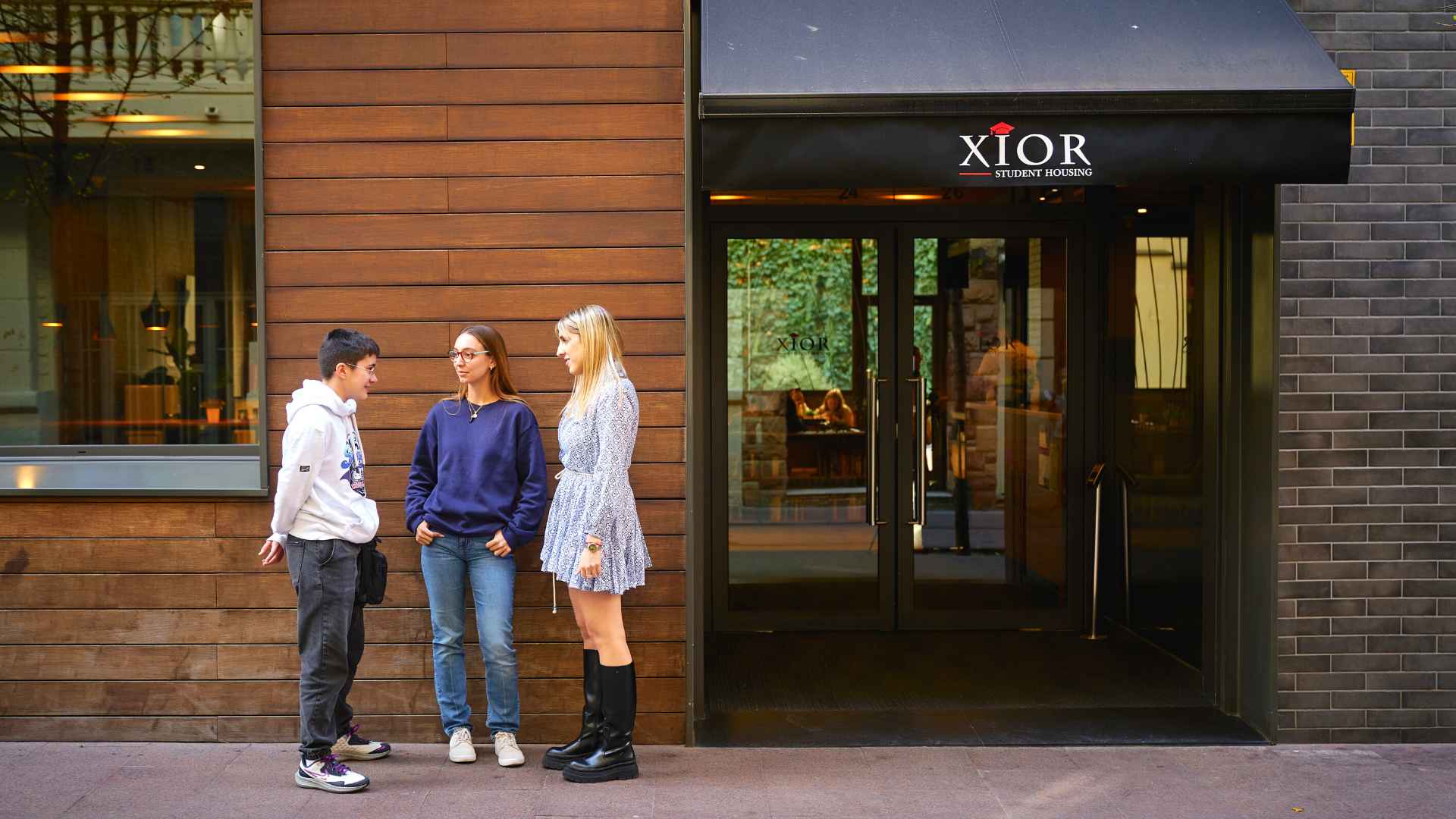
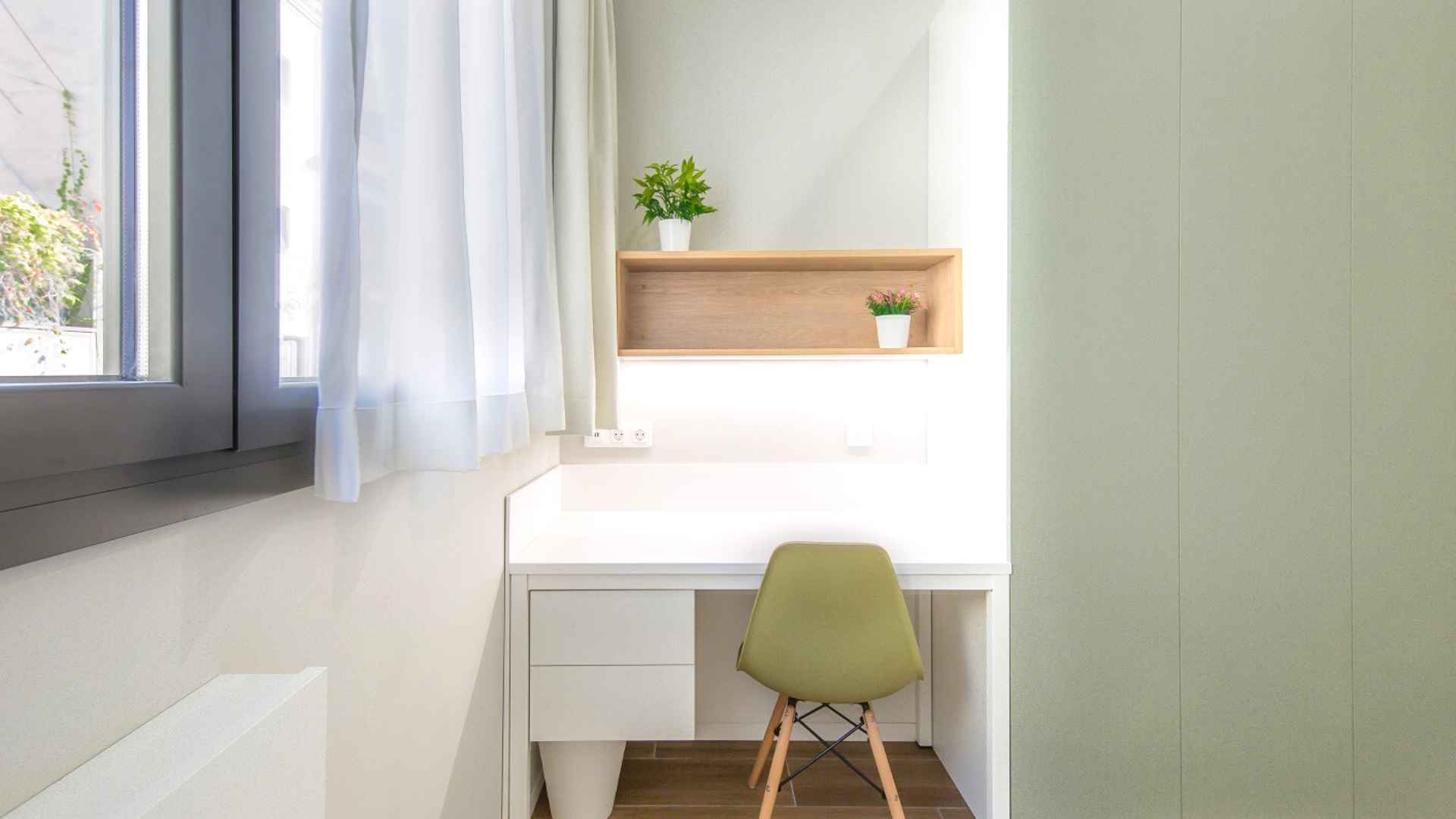
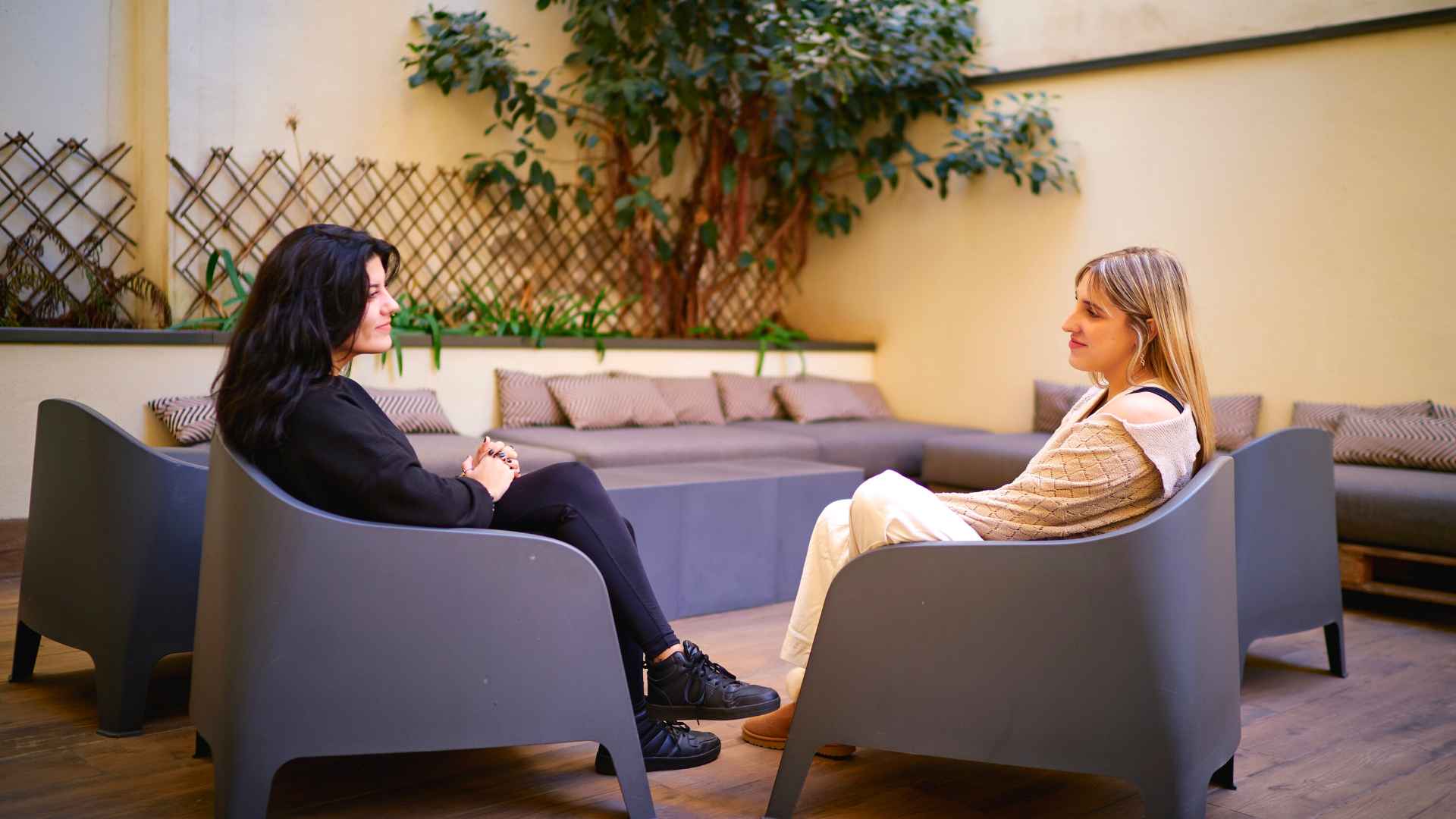
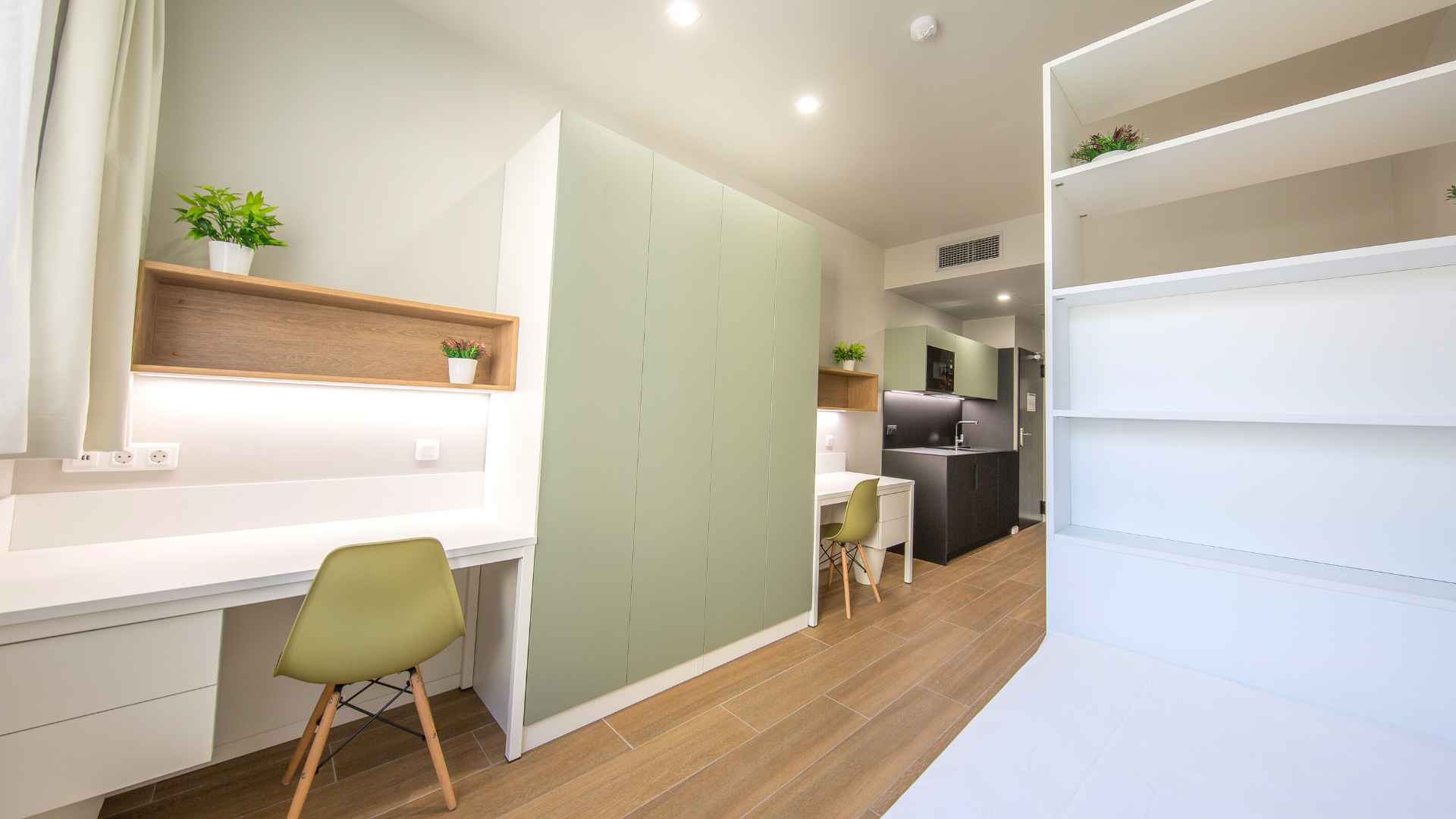

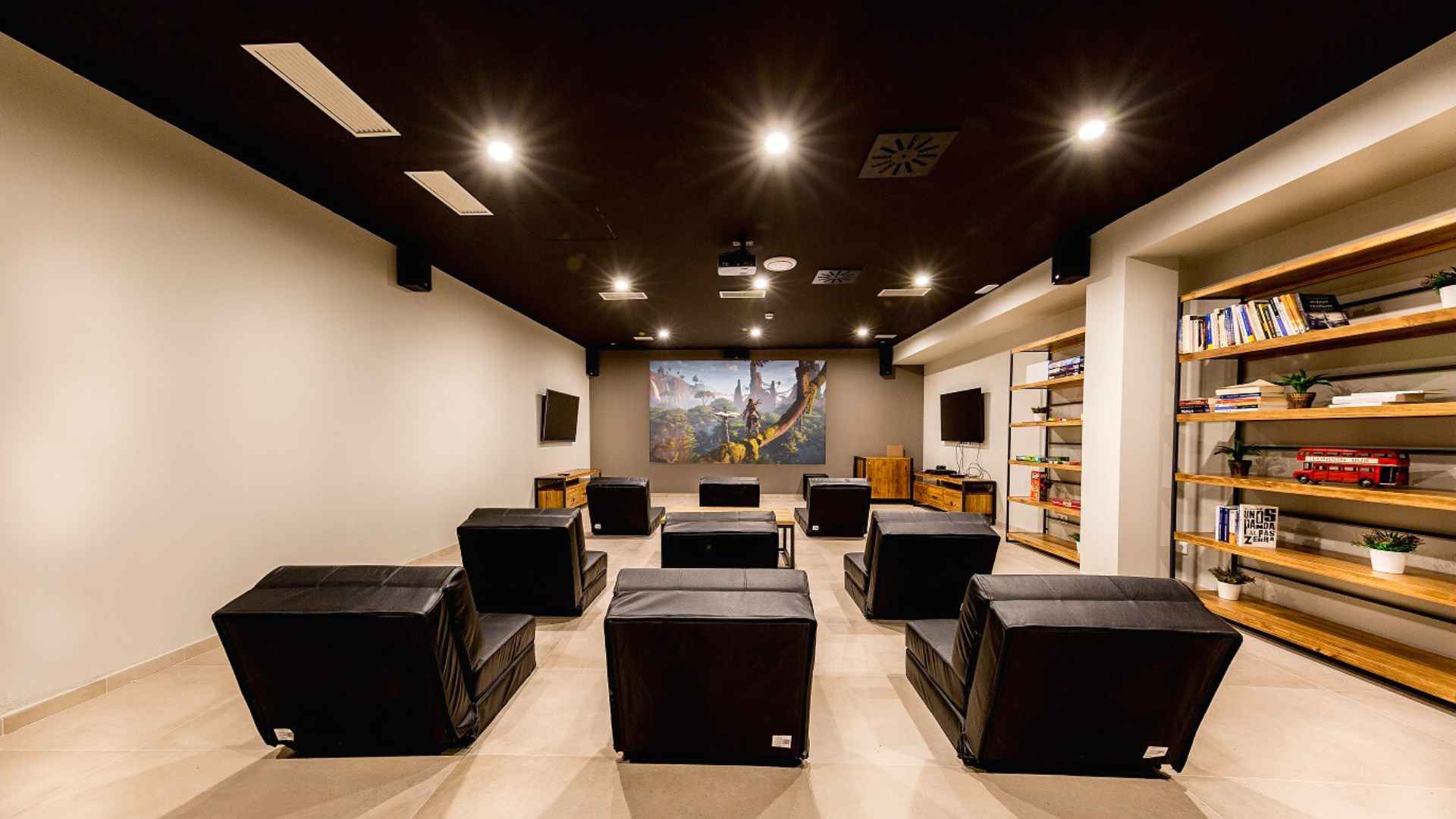


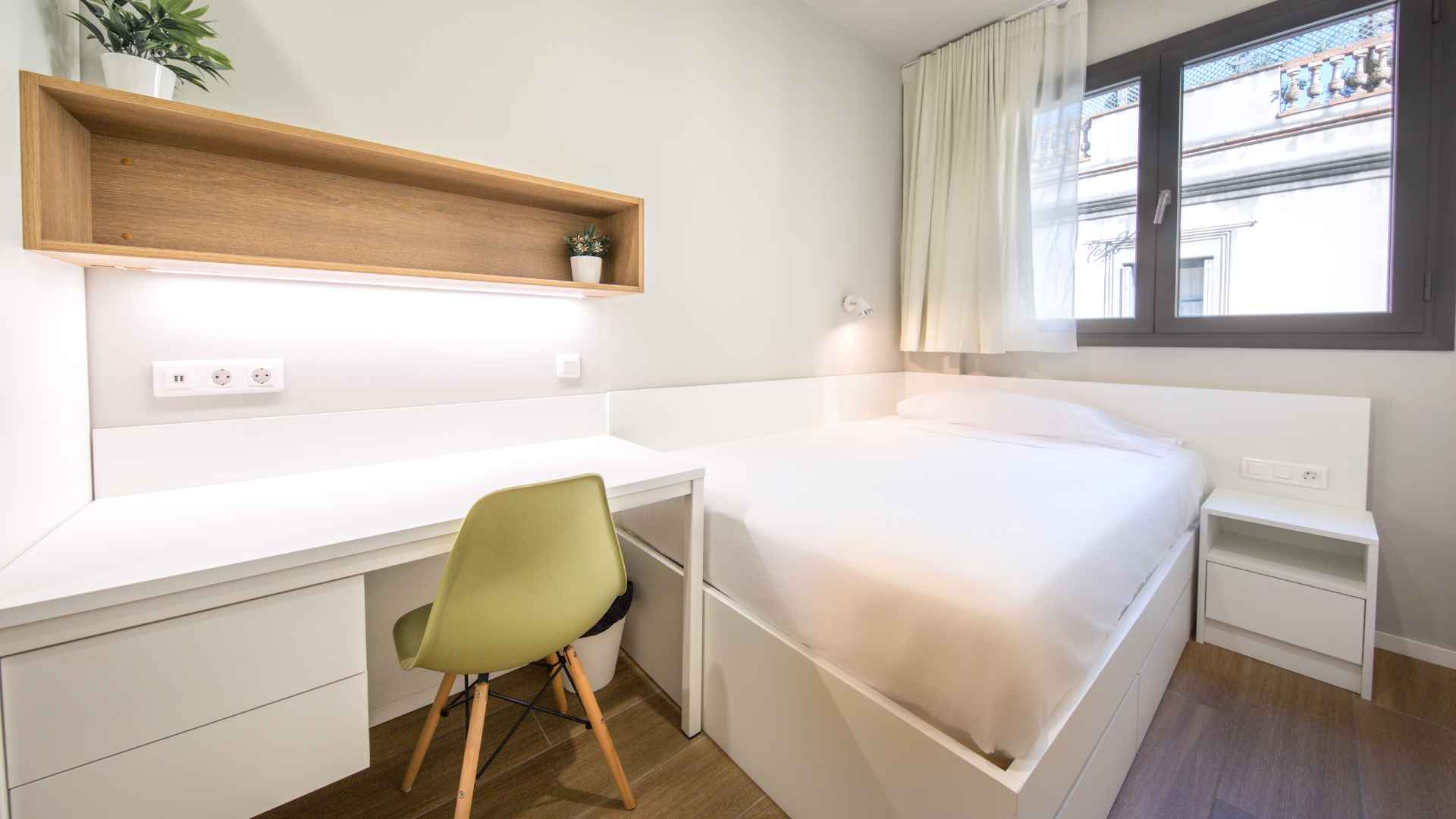
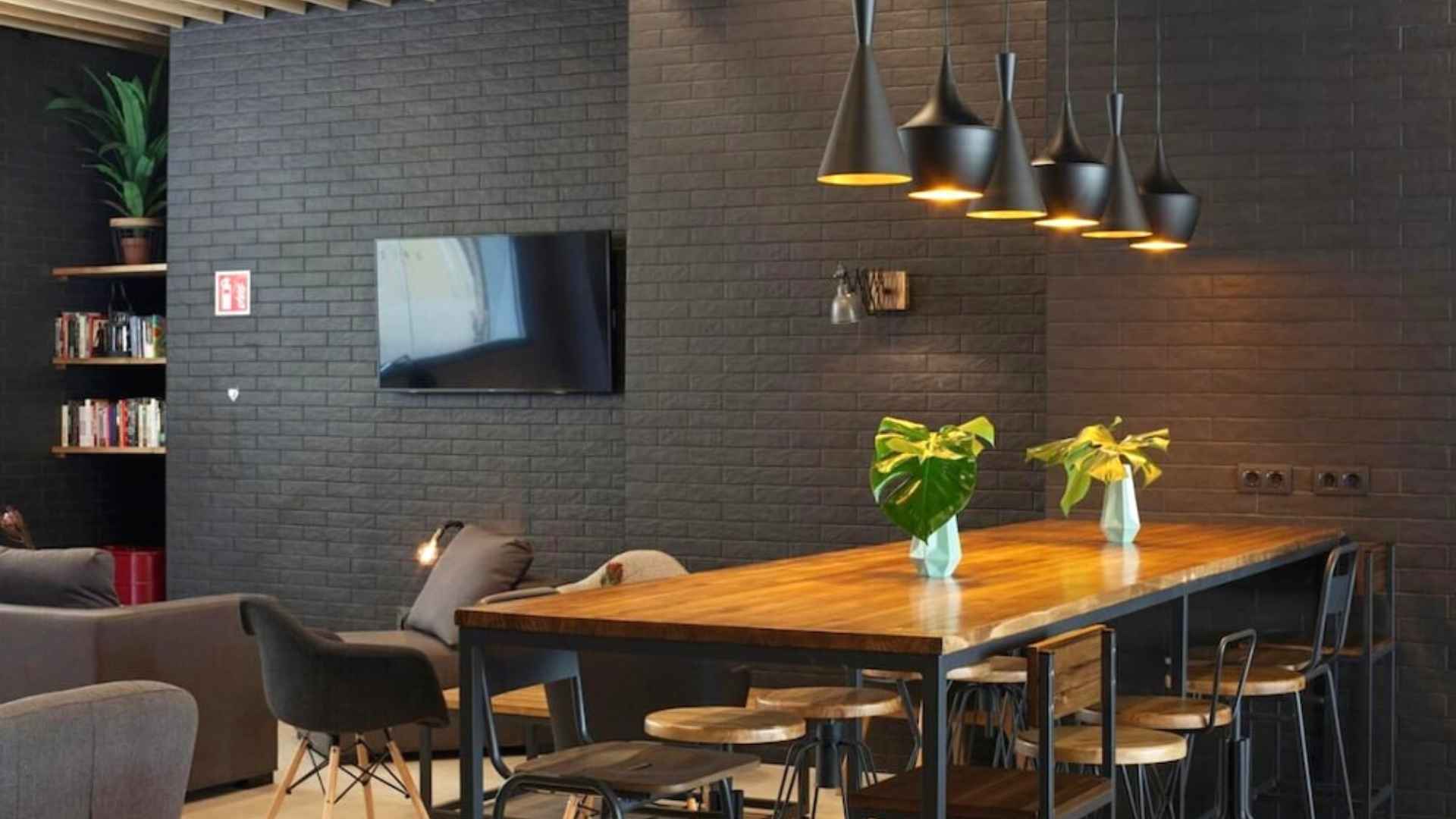




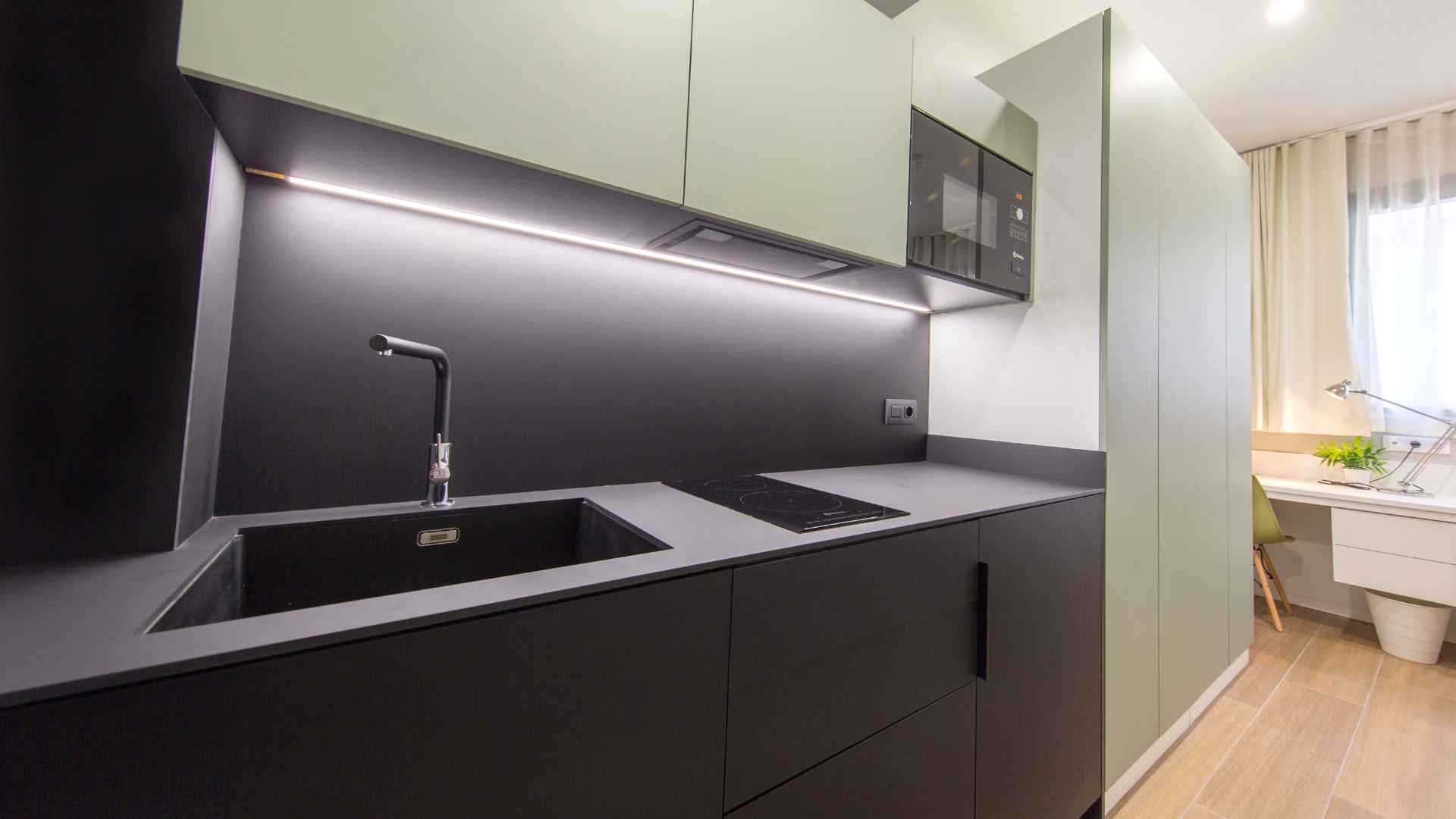
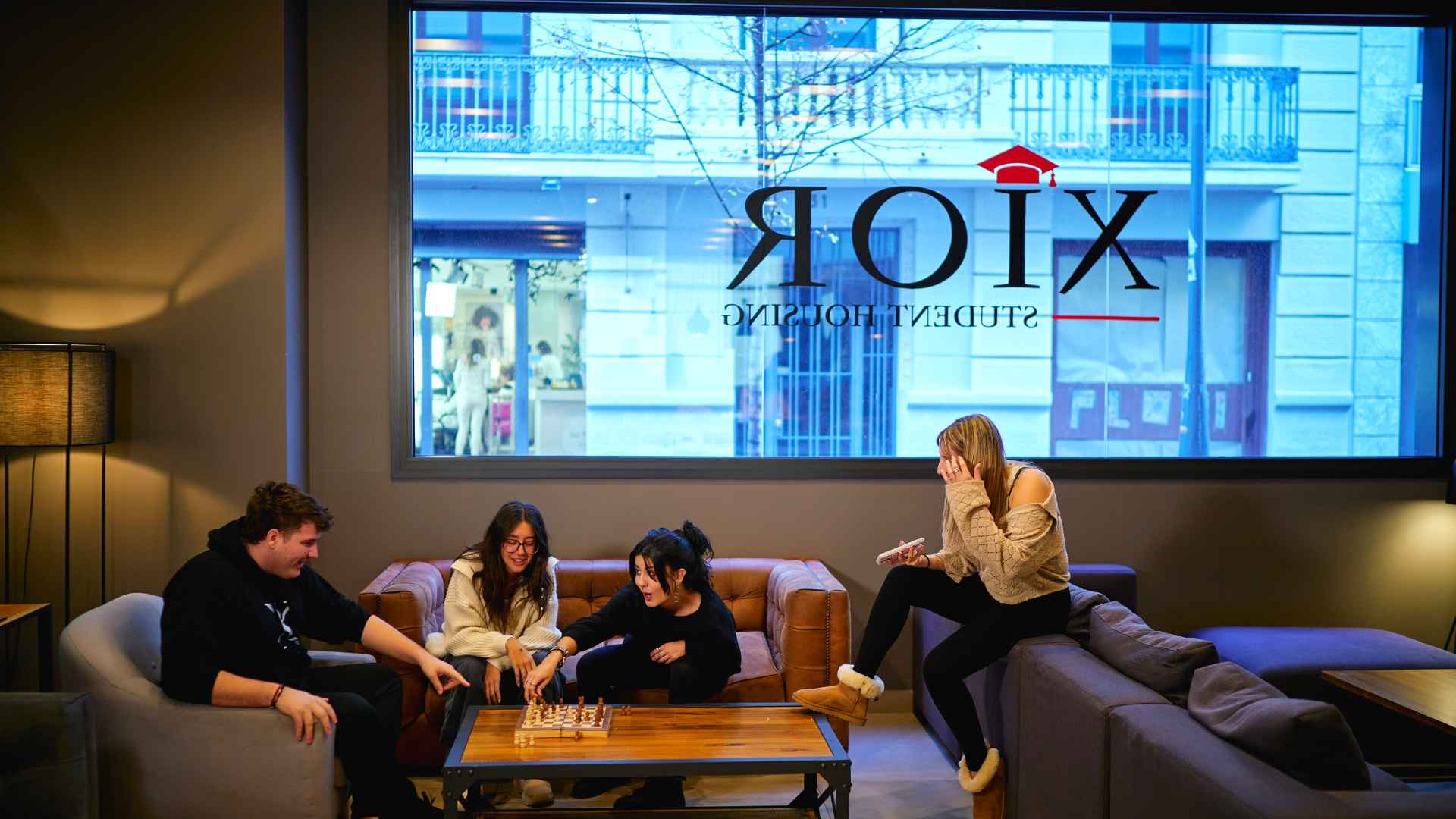
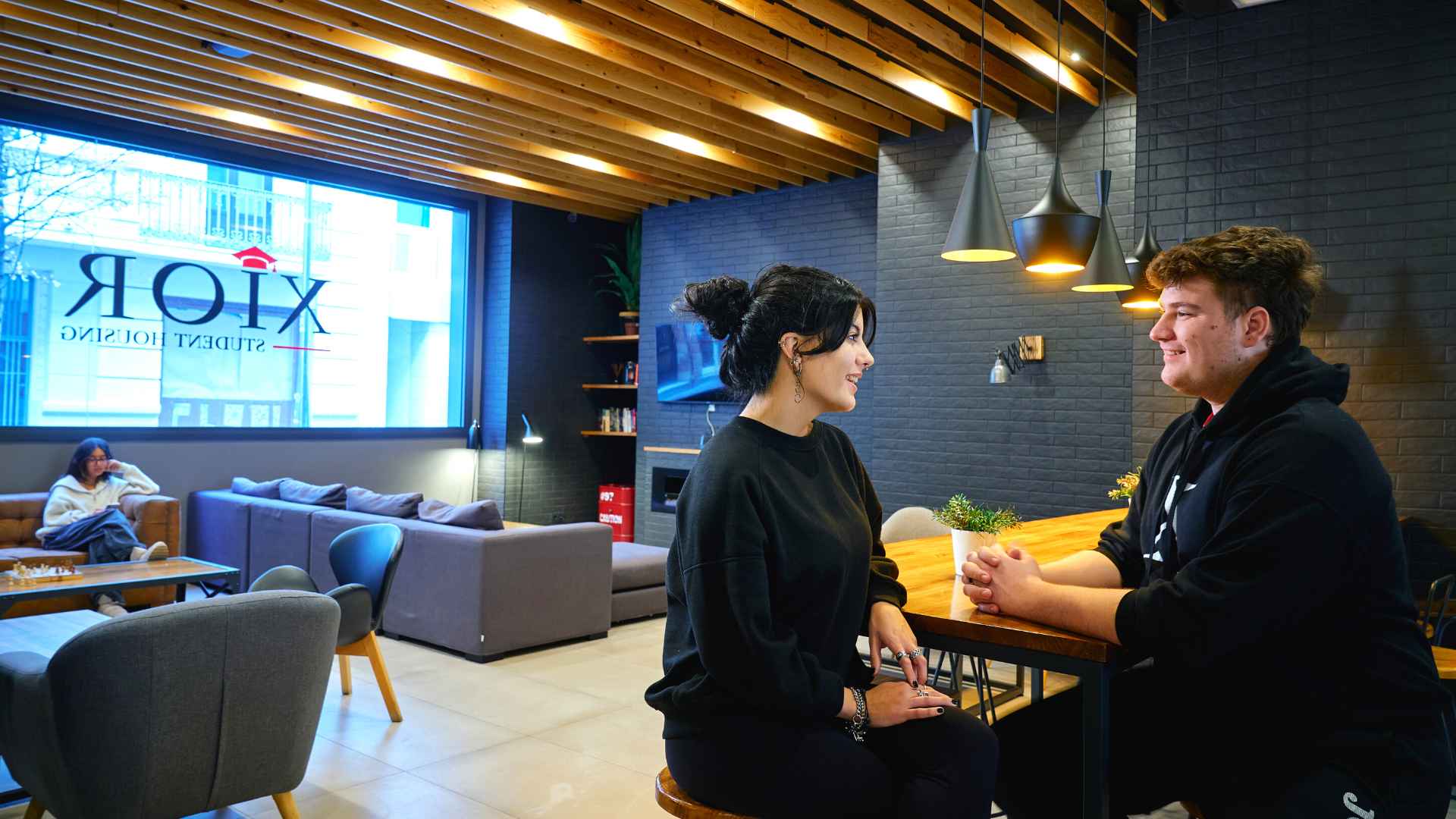

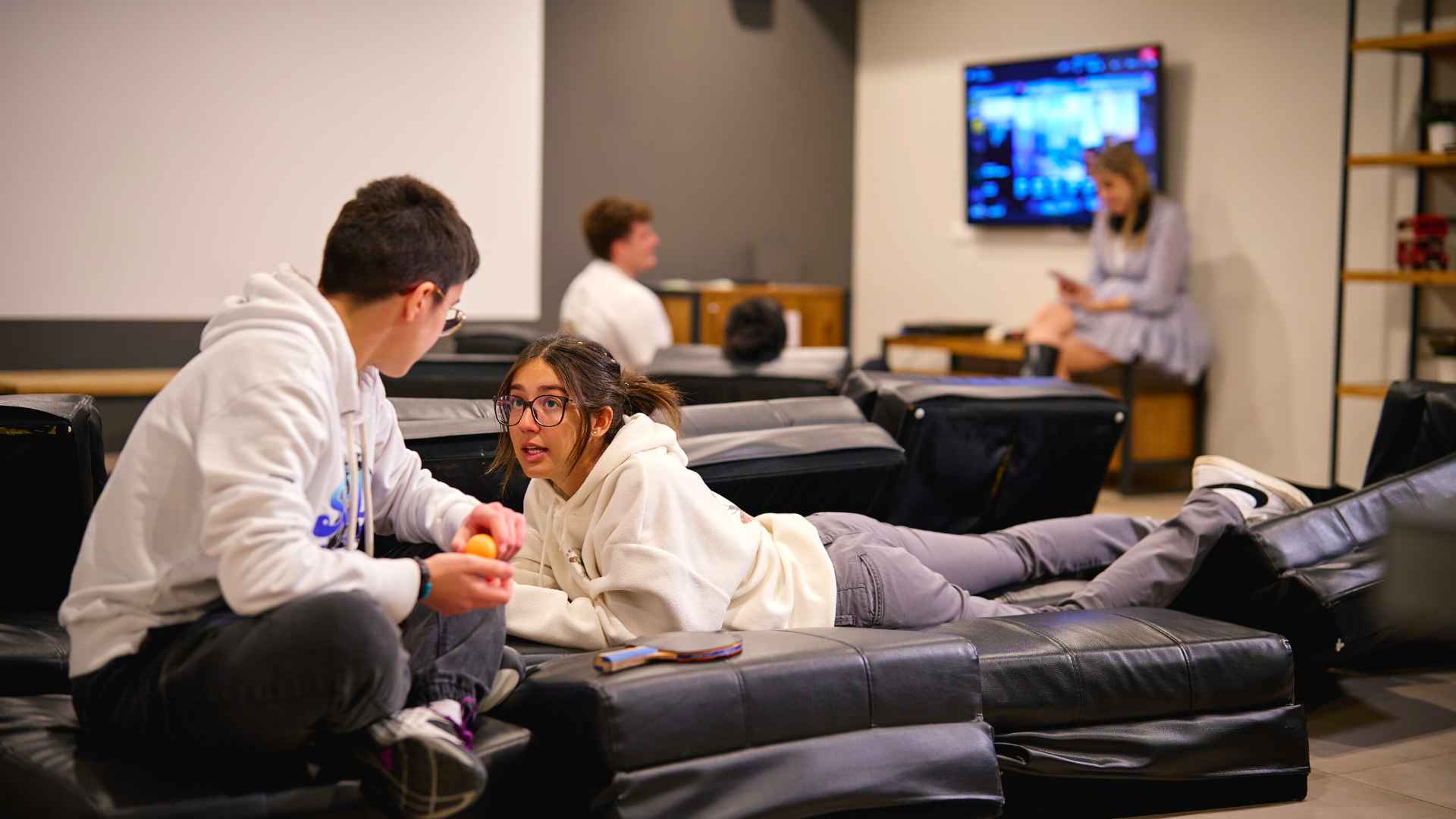
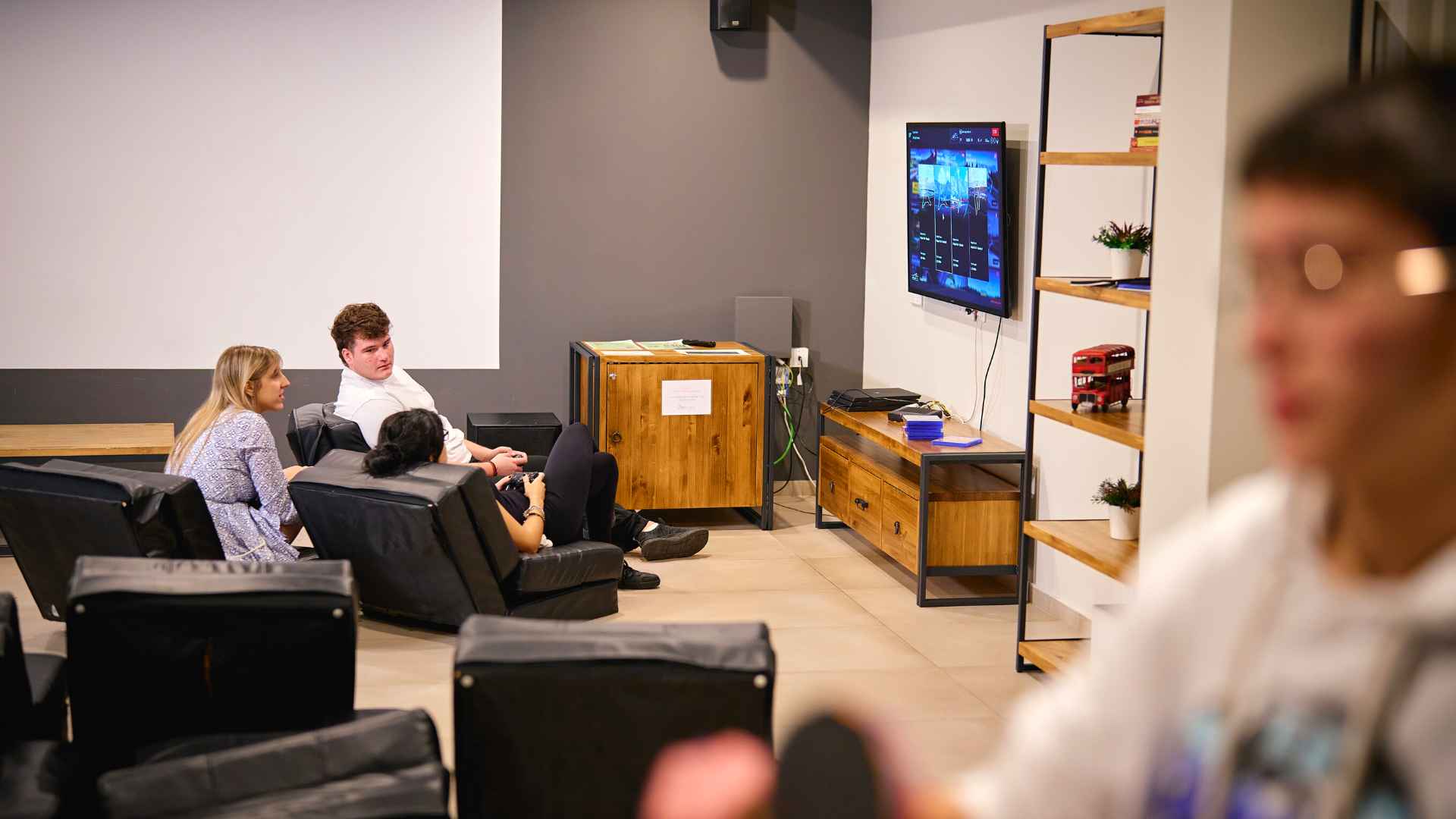
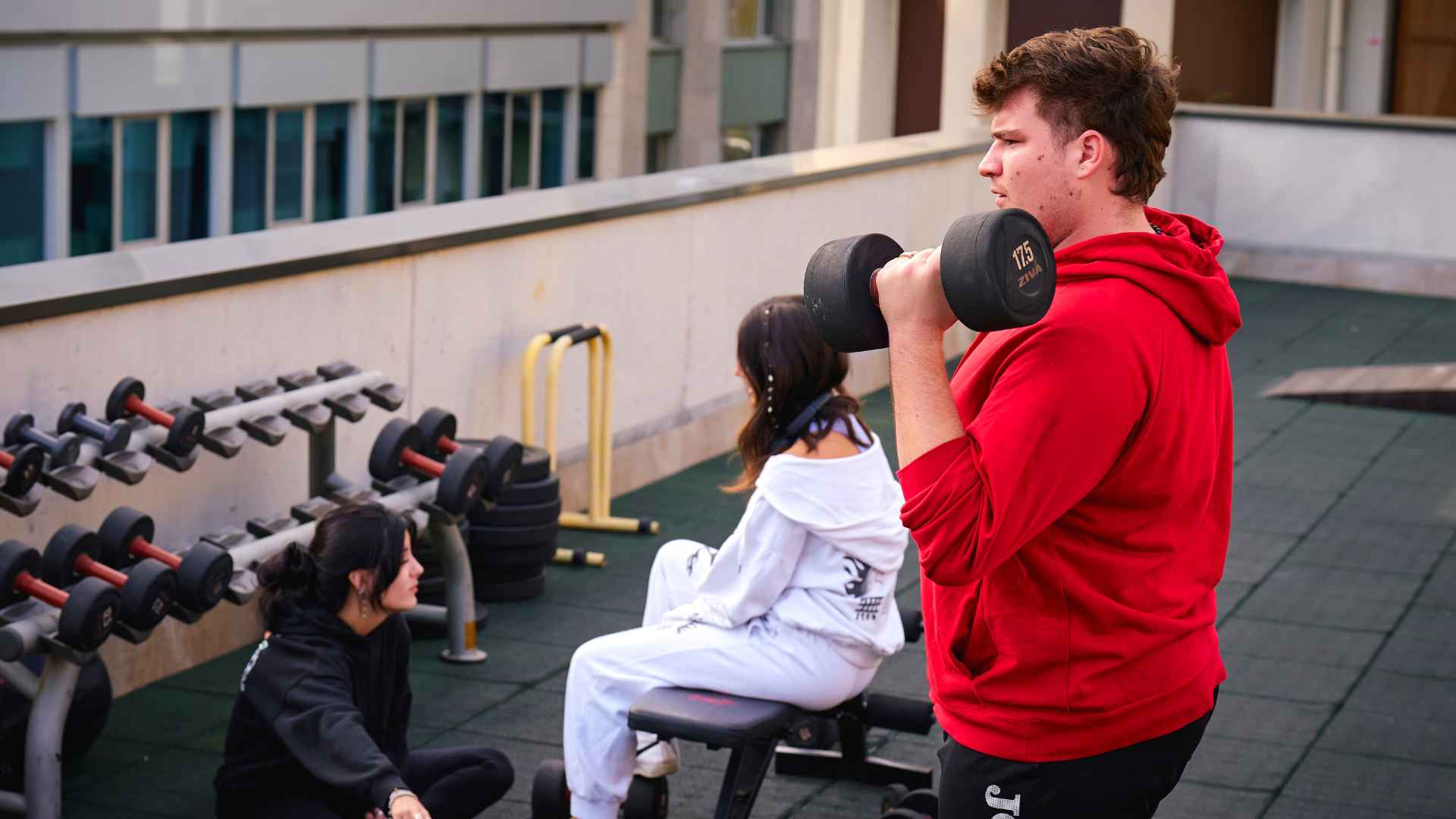
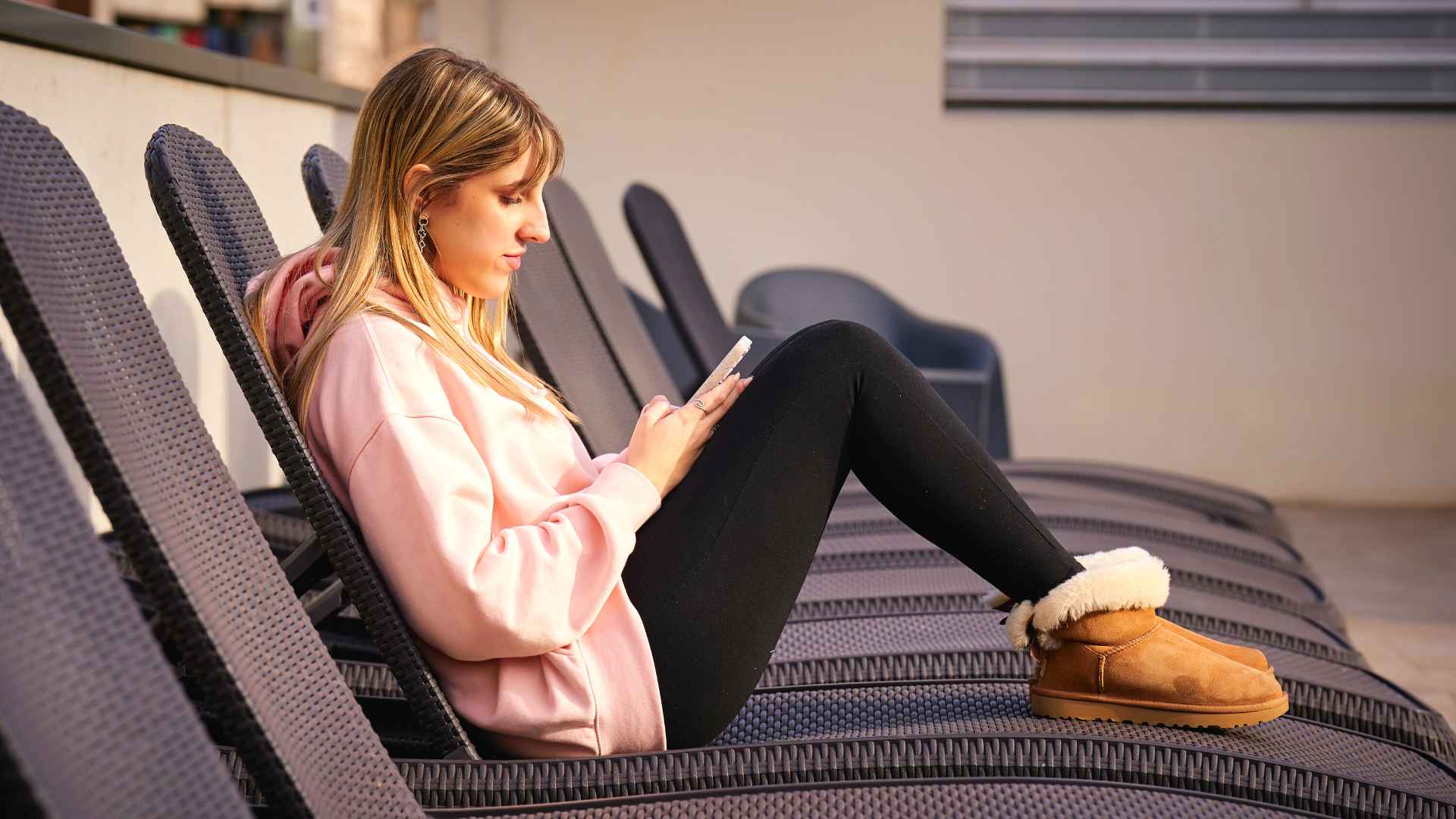
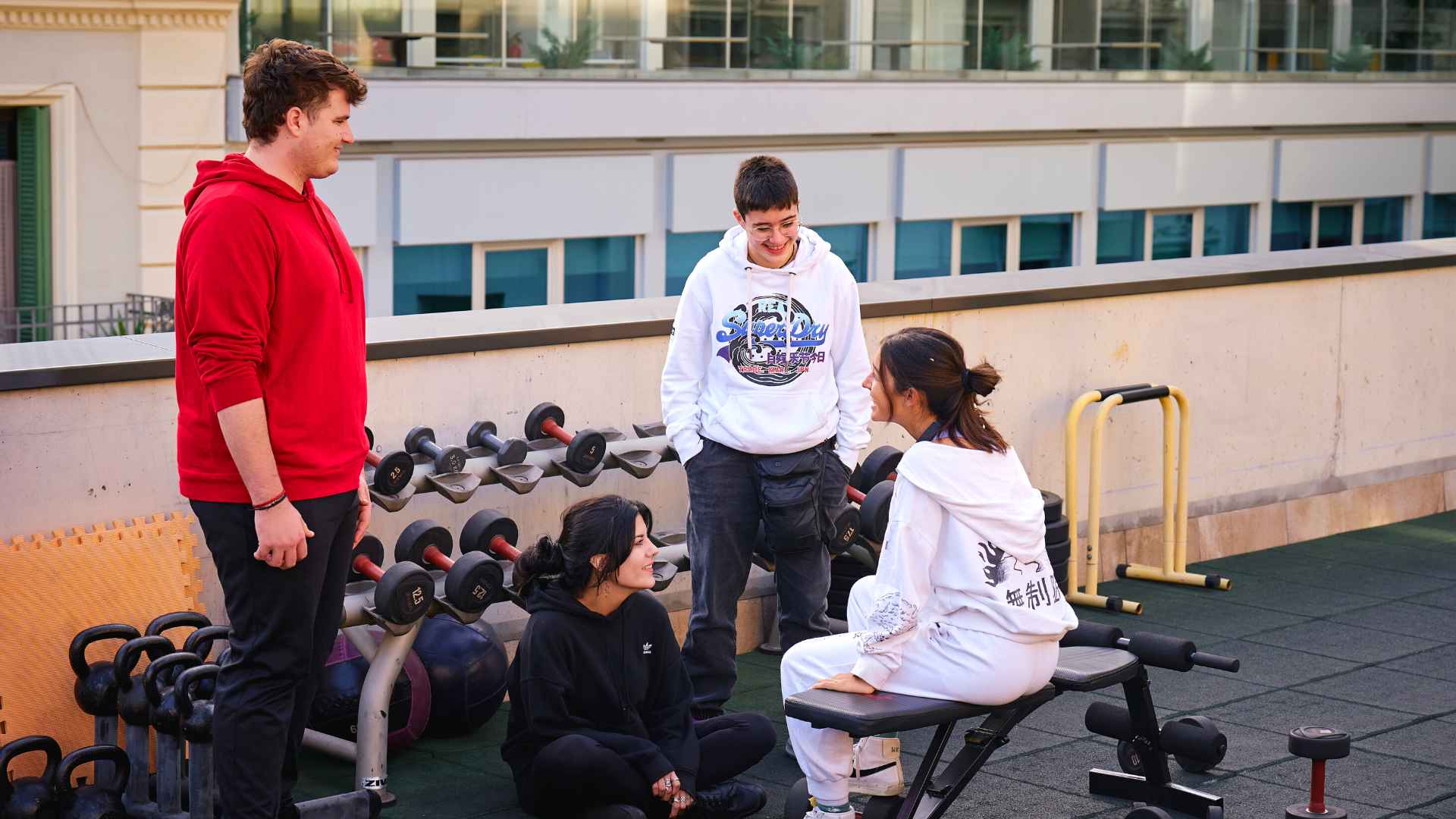
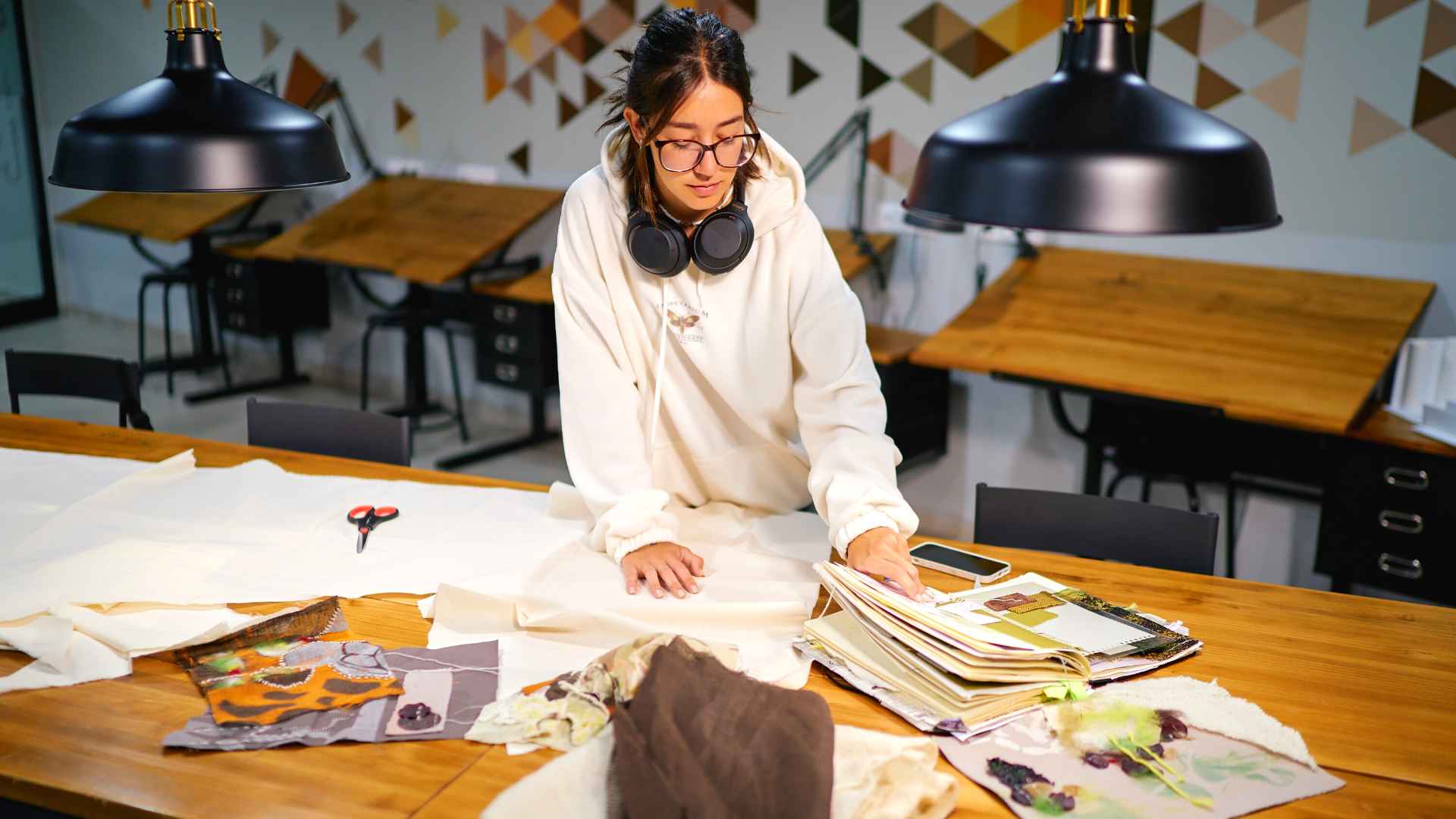
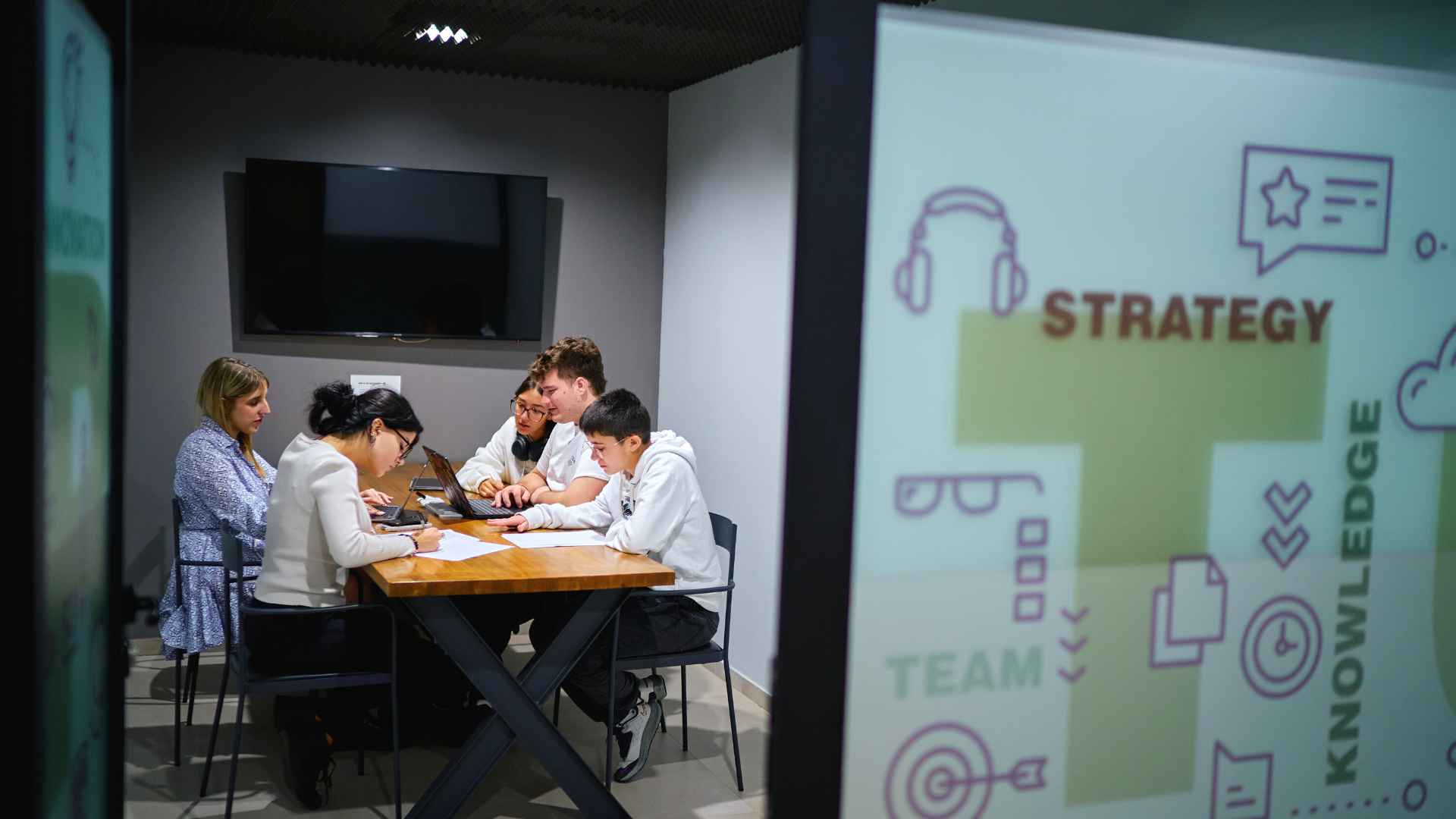

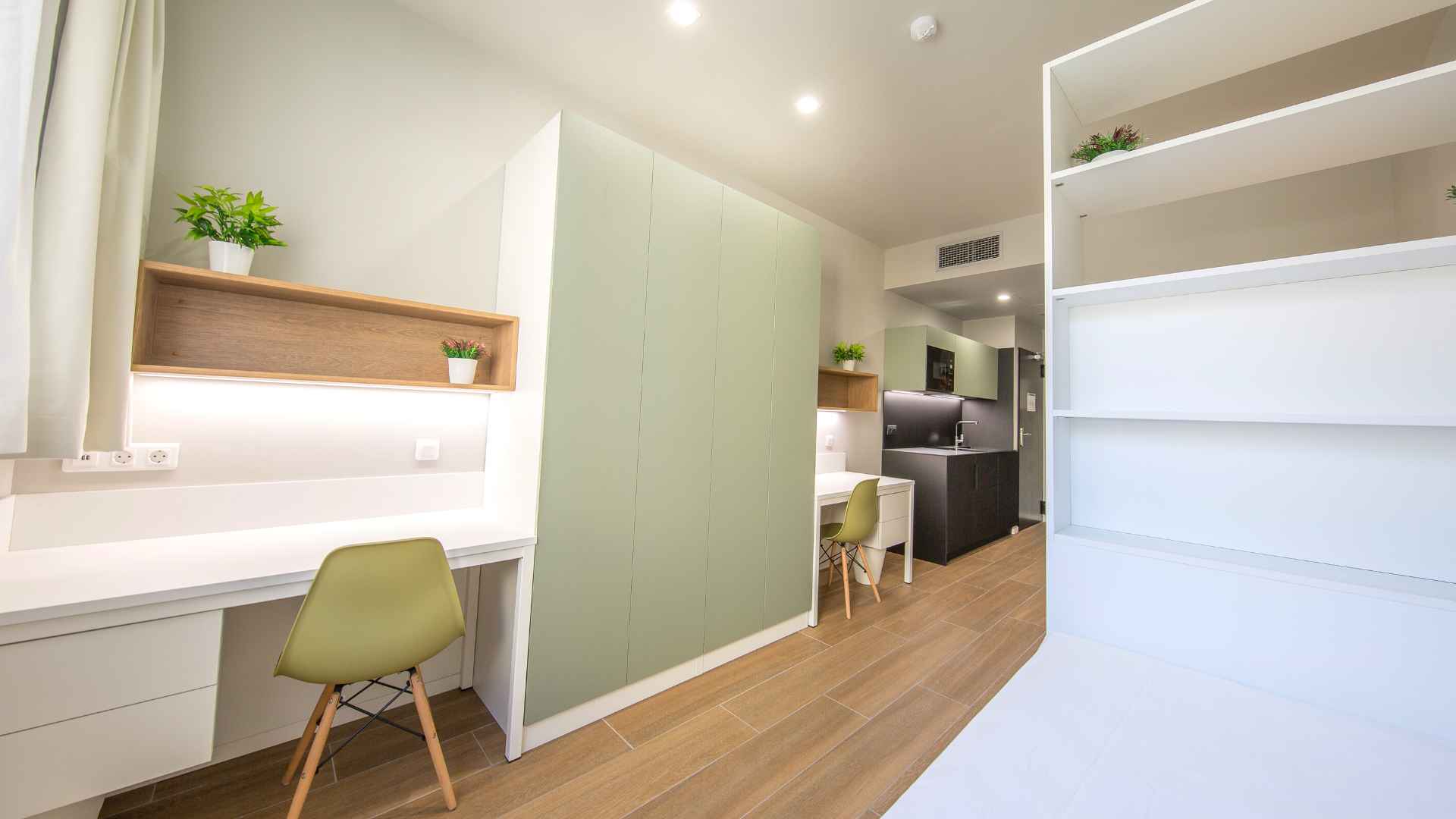
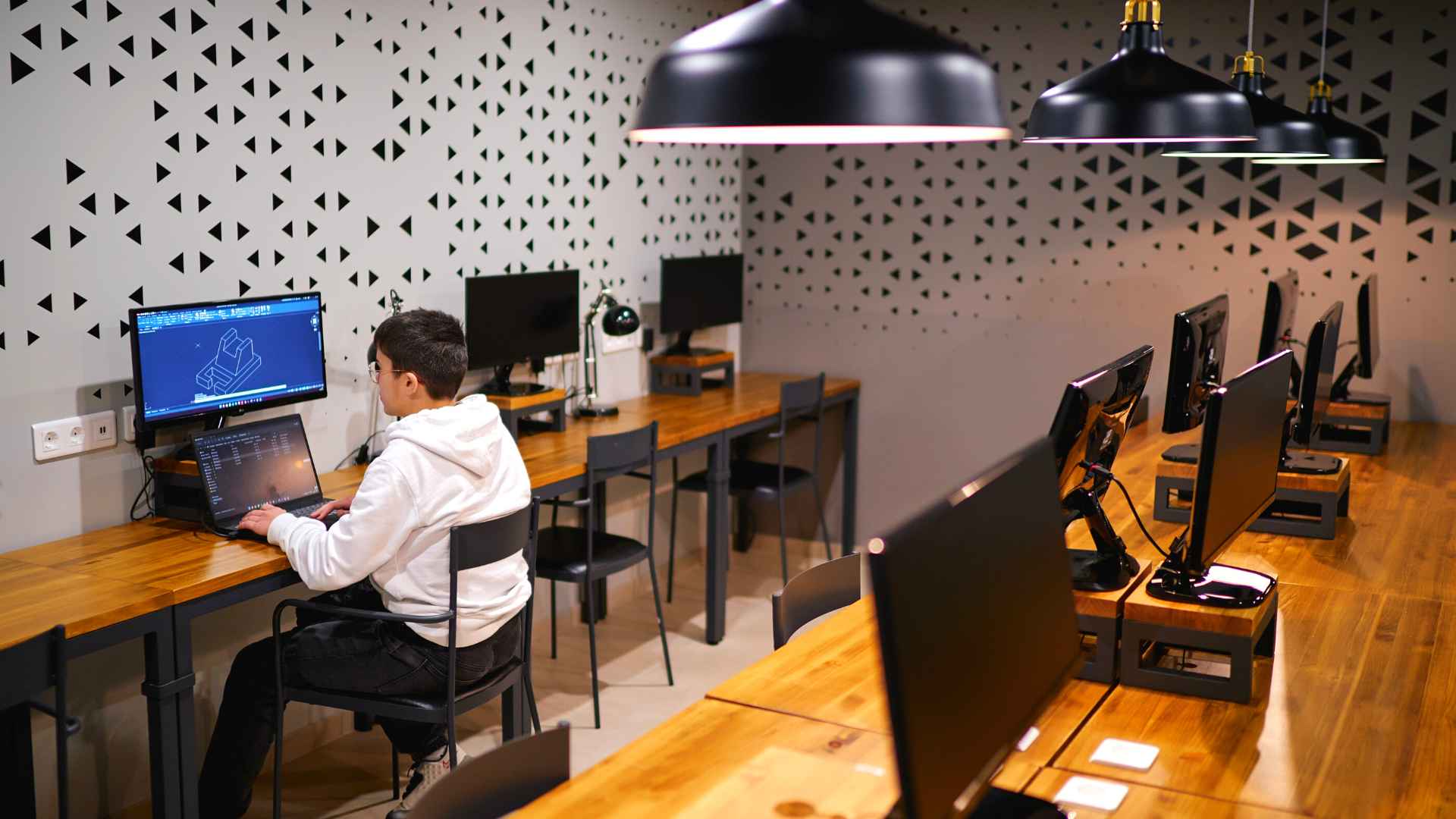


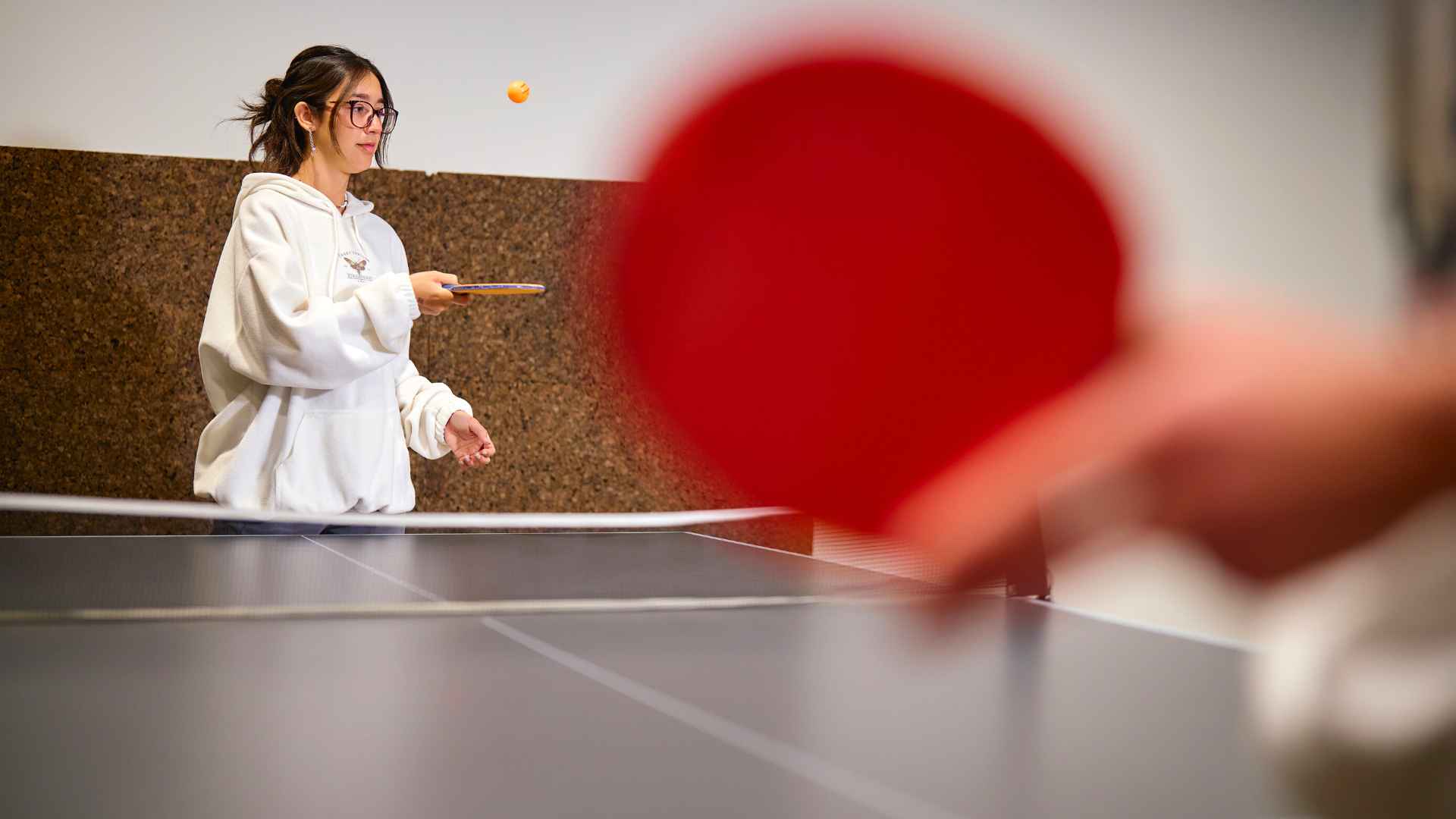
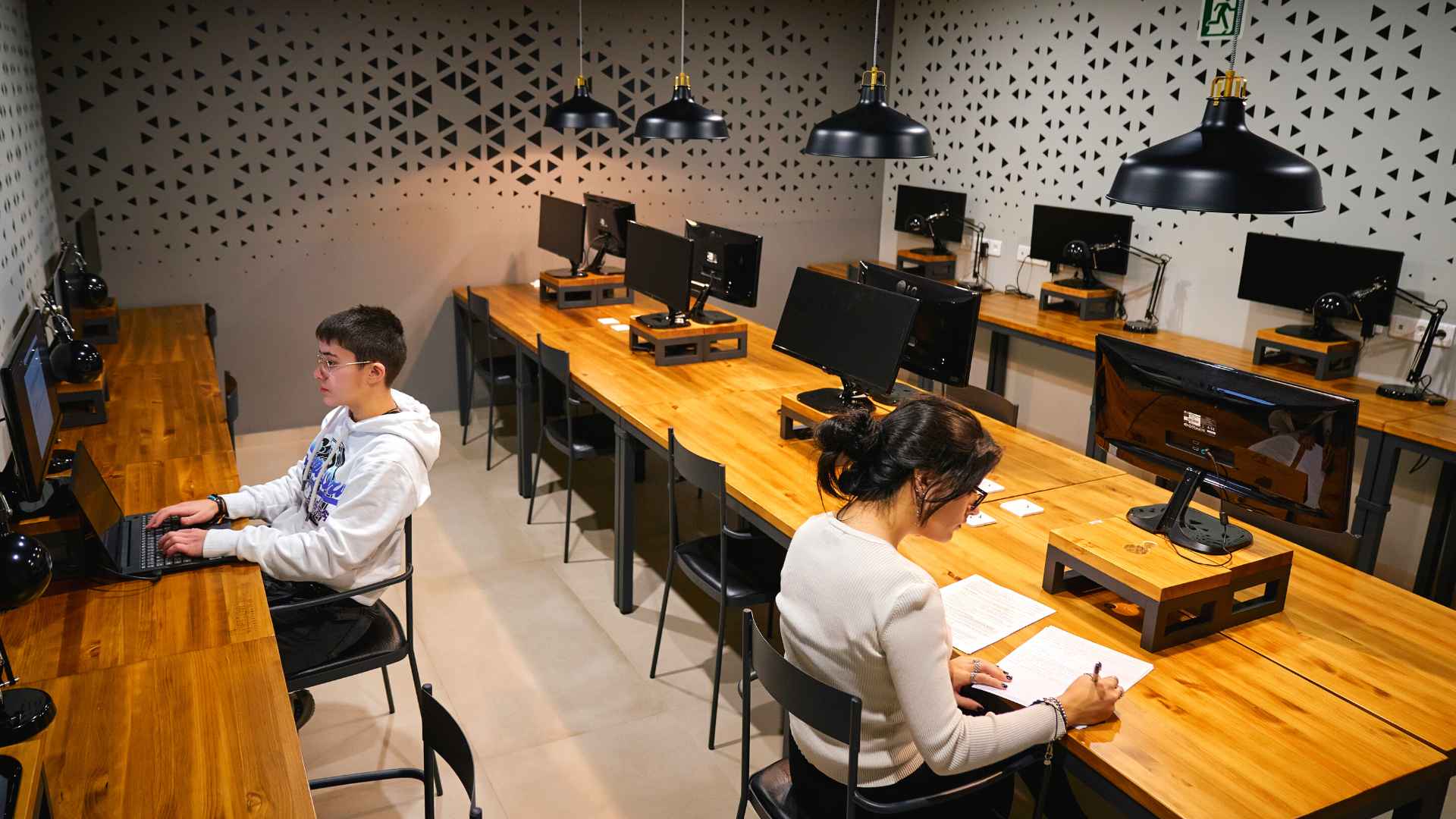
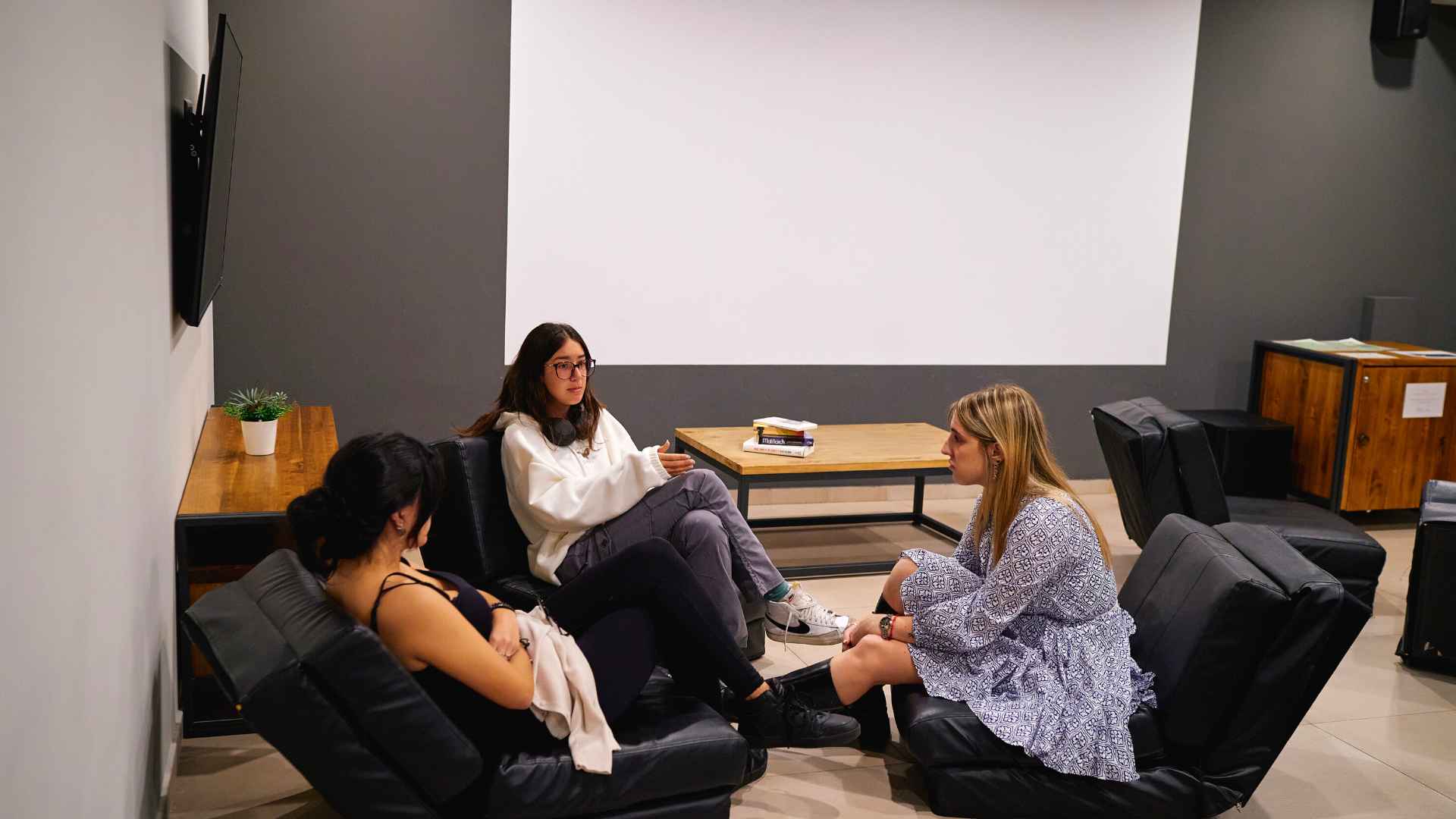
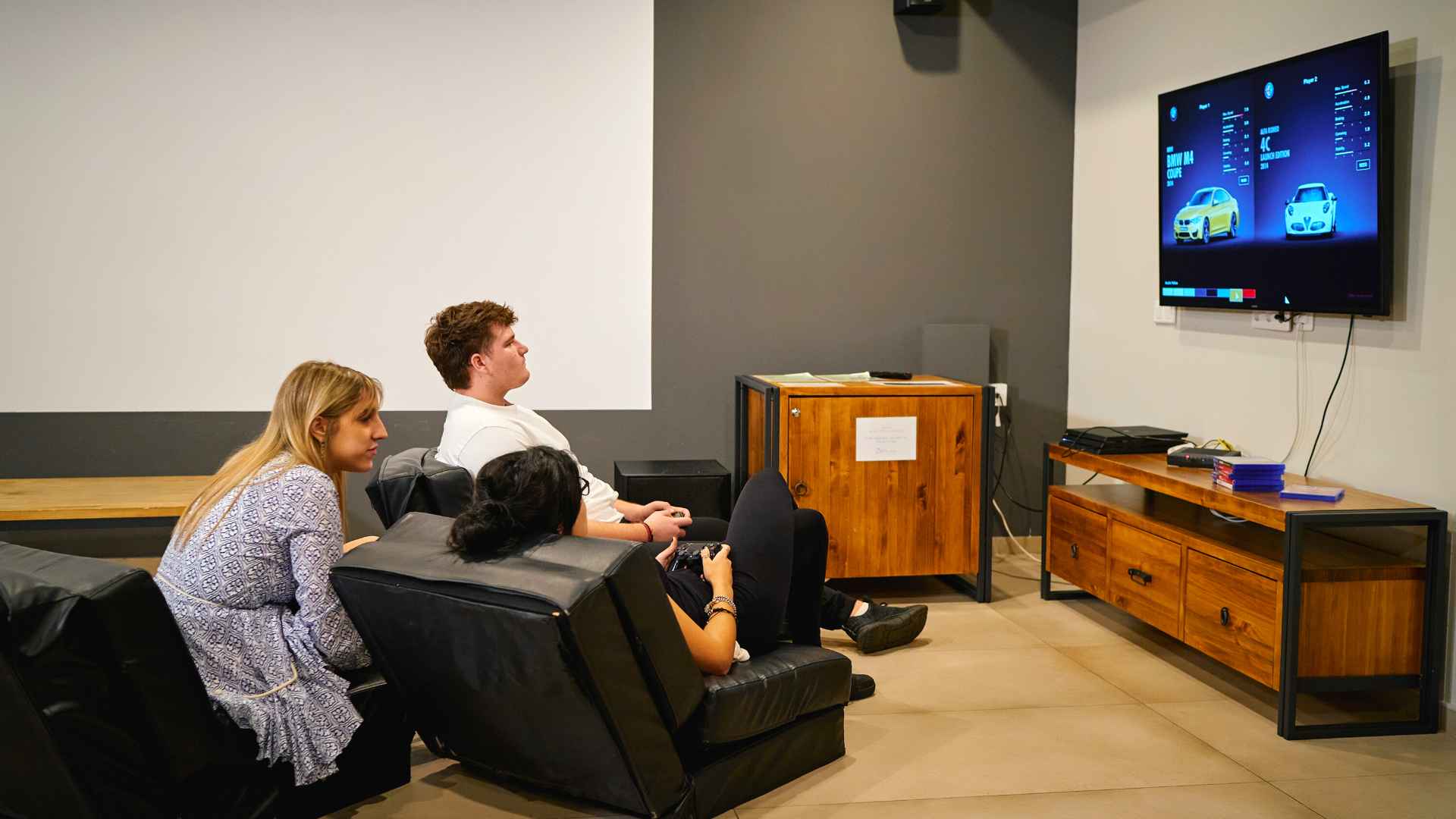
¿Qué incluye mi renta?
El precio de esta residencia de estudiantes en Barcelona incluye:
- Recepción 24 horas y CCTV
- Control de acceso biométrico
- Internet Wi-Fi en toda la residencia
- Aire acondicionado y calefacción
- Suministros de agua y electricidad
- Área social y lectura en el vestíbulo. Uso de la cafetería (bebidas no incluidas)
- Terraza chill-out en la planta baja
- Gimnasio al aire libre Cross-Fit
- Solarium en la azotea
- Sala polivalente (tv, juegos, cine, conferencias)
- Sala de coworking con pantallas panorámicas de gran formato - Sala de estudio y arquitectura
- Sala de estudio para grupos
- Media pensión o pensión completa en nuestro restaurante buffet ecológico
- Servicio de picnic (media pensión o pensión completa)
- Cocina privada (en los estudios)
- Limpieza diaria para las zonas comunes
- Limpieza semanal de la habitación
- Servicio de mantenimiento
- Reserva de salas de estudio y polivalentes
- Uso de impresoras 3D (se aplicarán tasas en función del consumo)
- Uso de fotocopiadoras e impresoras (se aplicarán tarifas en función del consumo)
- Uso de la lavandería autoservicio (se aplican cargos en función del consumo)
- Uso de máquinas expendedoras (se cobran tasas en función del consumo)
- Aparcamiento para bicicletas (plazas limitadas)
La tarifa no incluye:
- Lavandería personal (la residencia dispone de una lavandería con lavadoras y secadoras donde podrás lavar tu ropa personal).
- Productos de higiene personal.
- Servicio de fotocopiado
PLAY & STUDY
En nuestra residencia universitaria Xior The Lofttown, disponemos de un espacio dedicado a cada uno de los distintos momentos de tu estancia. Tenemos espacios para trabajar en grupo y espacios para relajarte. Disfruta utilizando nuestras zonas exteriores de ocio, incluido el gimnasio al aire libre, para hacer ejercicio, mantenerte sano y renovarte.
CONTACTO
Si tienes alguna pregunta o problema durante el proceso de reserva, no dudes en ponerte en contacto con nosotros por correo electrónico thelofttown@xior.es o por teléfono +34 686 93 20 17| +34 936 258 900
Estaremos encantados de ayudarte a vivir en nuestra residencia de estudiantes en Barcelona



